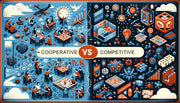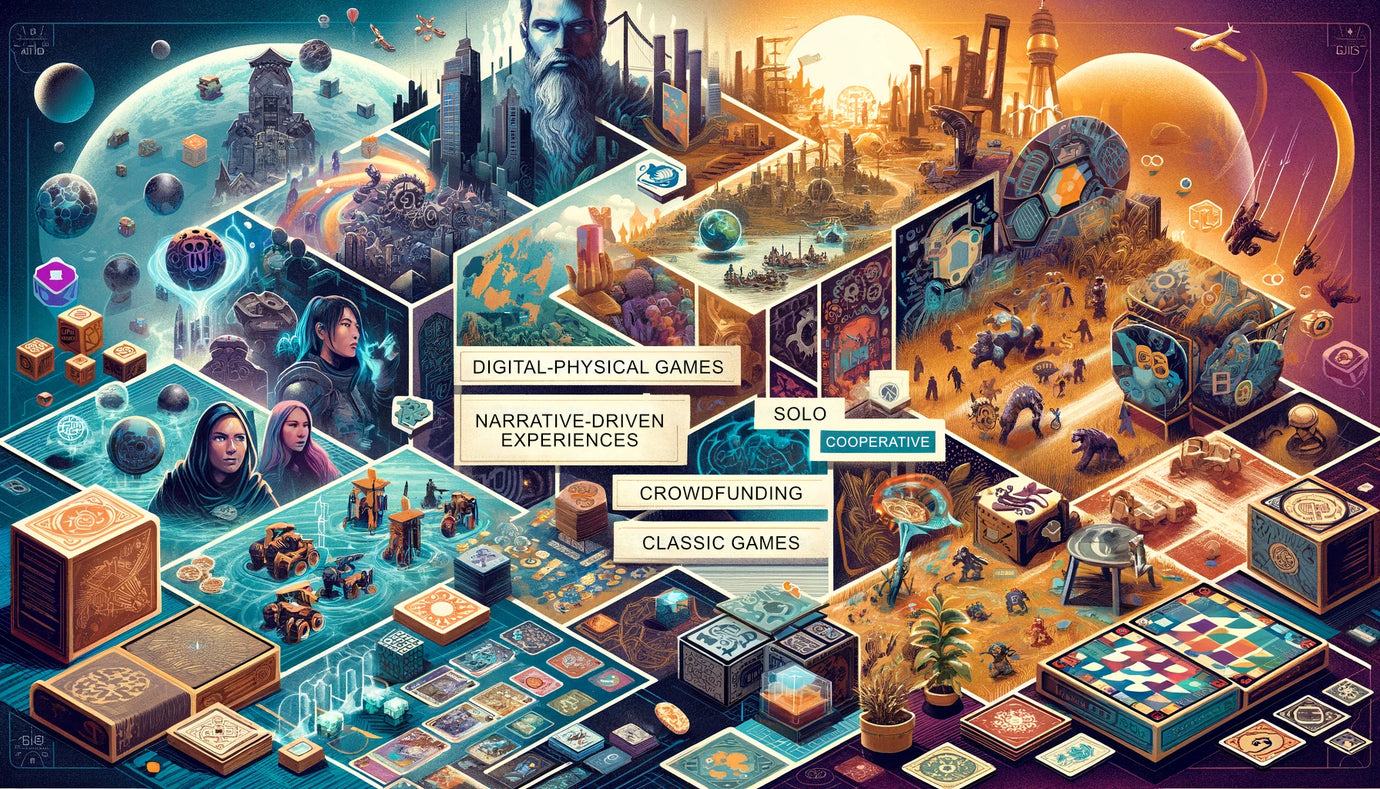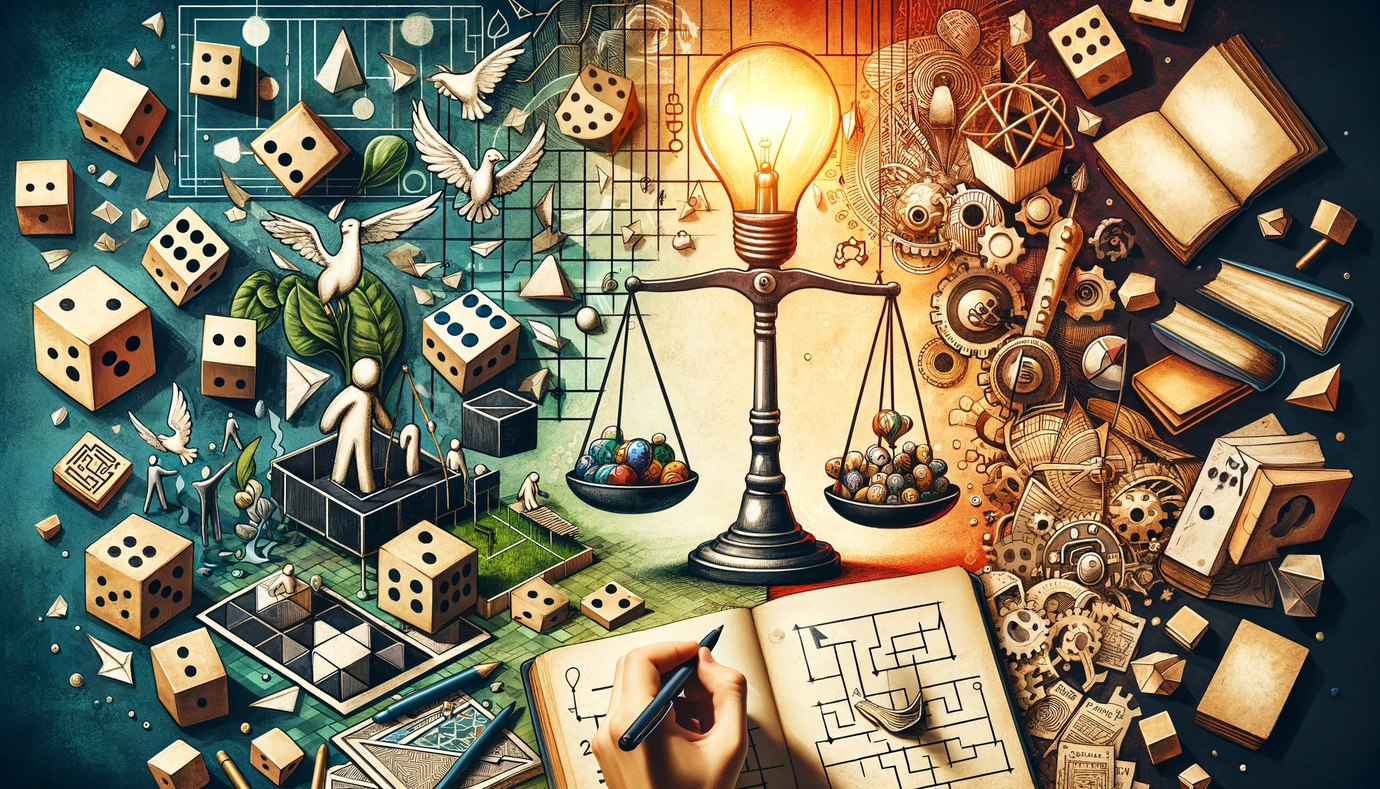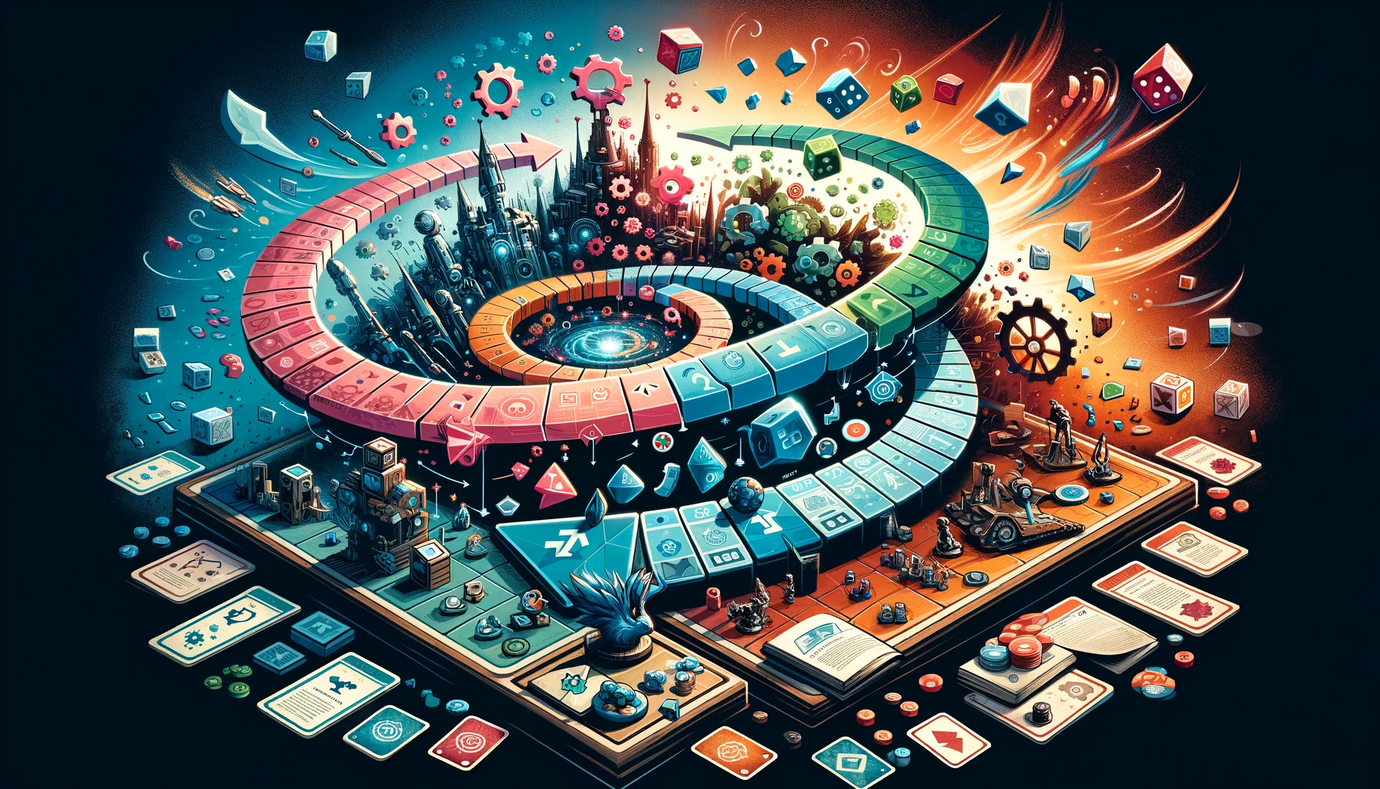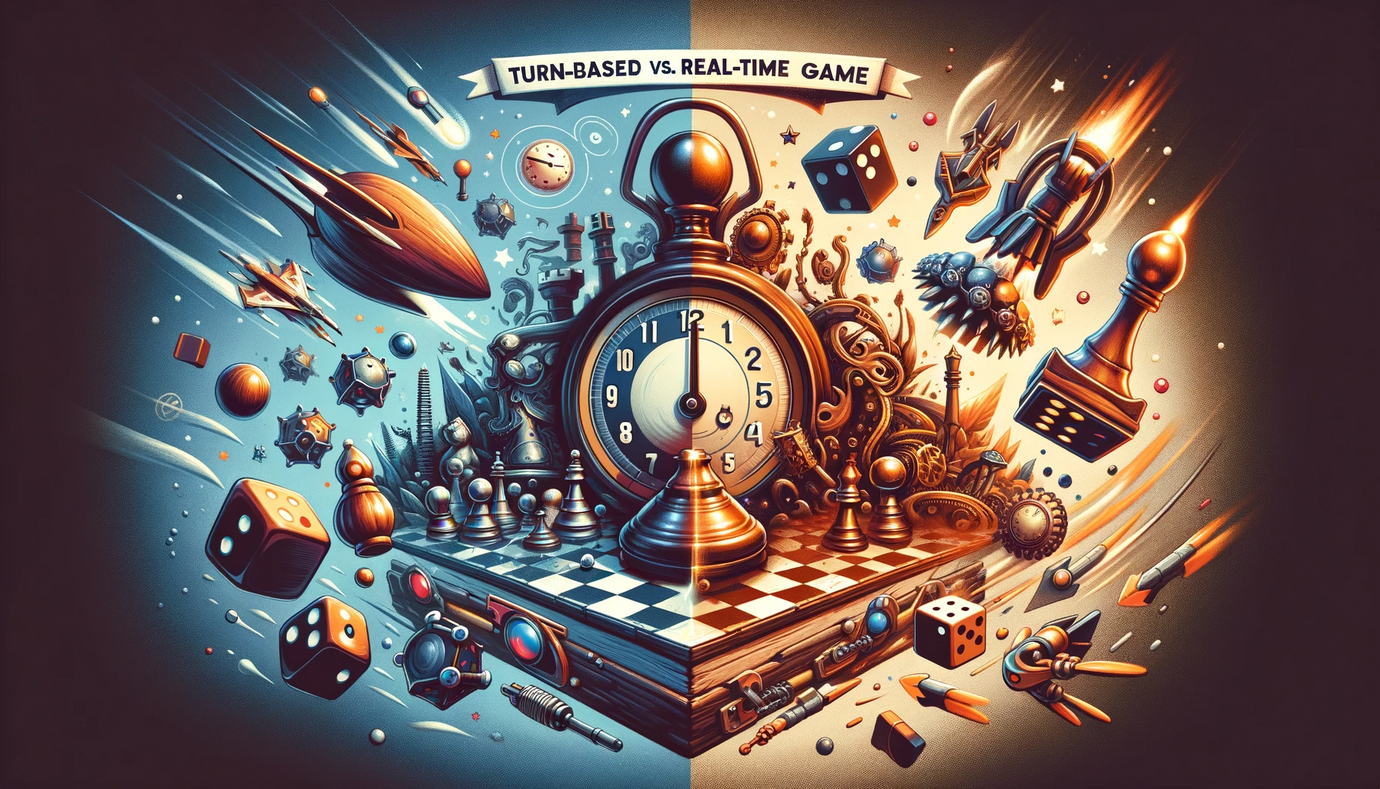Board Game Components: Choosing the Right Pieces and Materials
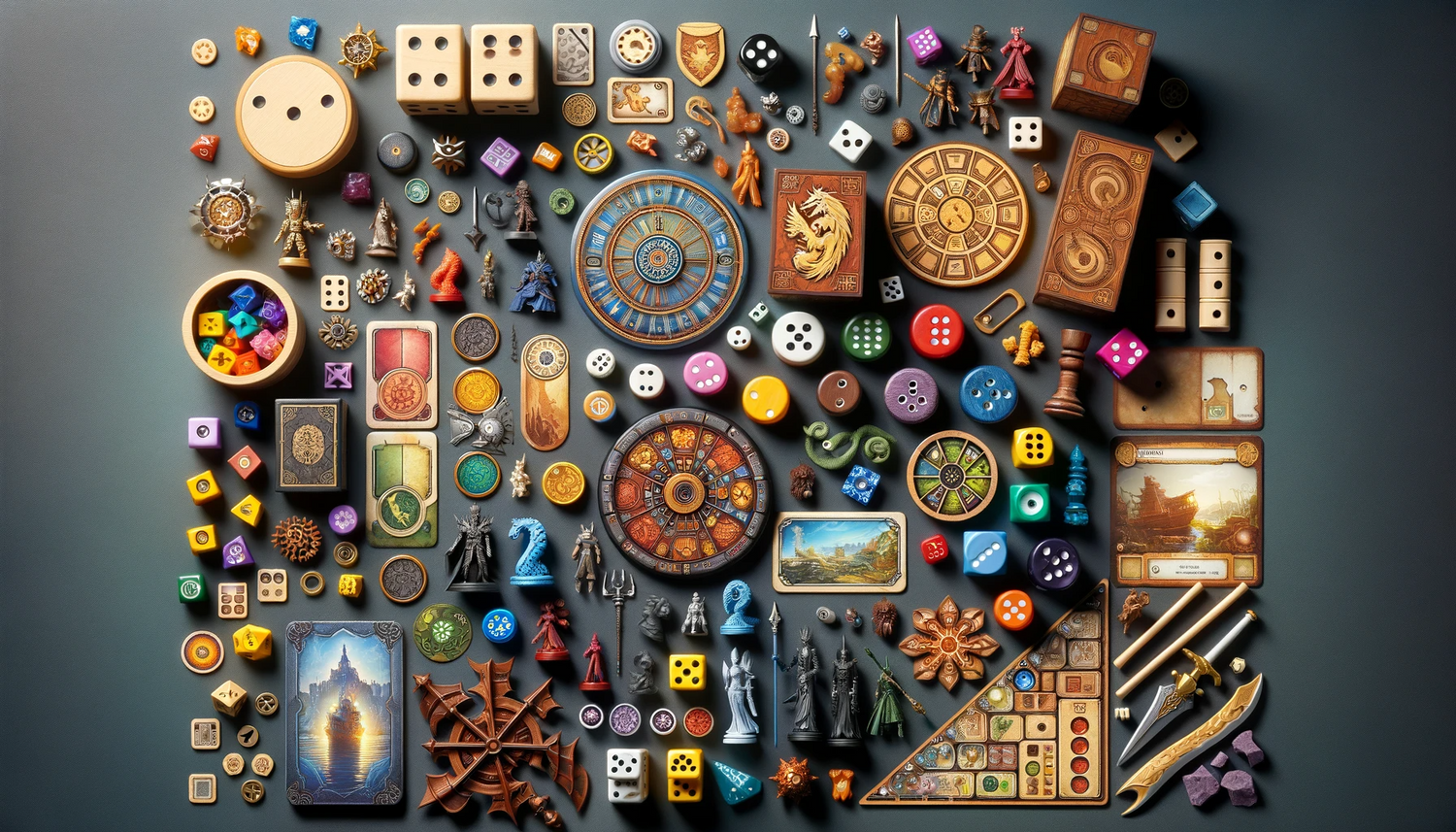
Introduction
The choice of components in a board game is a critical aspect of game design, significantly affecting both the aesthetic appeal and the functionality of the game. The right components can enhance the thematic experience, make the game more enjoyable to play, and can even become a key selling point. This blog post will explore how to choose the right pieces and materials for your board game, balancing quality, functionality, and cost.
Understanding the Role of Components in Game Design
Game components include everything from the game board and cards to tokens, dice, miniatures, and any other physical elements used in the game. They are not just tools for gameplay; they are part of the game's identity and contribute to the overall experience.
1. Aligning Components with Game Theme
Thematic Consistency: Choose components that reflect the game's theme. For example, a fantasy game might benefit from intricately designed miniatures, while a strategy game might require a variety of tokens.
Enhancing Immersion: Use components to enhance the thematic immersion. The right pieces can transport players into the game’s world.
2. Prioritizing Functionality and Accessibility
Ease of Use: Ensure that components are easy to handle, move, and use. Consider size, shape, and material.
Clear Iconography: Use clear and intuitive symbols and colors. This aids in gameplay understanding and accessibility.
3. Material Selection
Durability: Choose materials that ensure durability and longevity. Heavier cardstock, wooden tokens, and high-quality plastics are generally more durable than paper or light plastic.
Texture and Feel: Consider the tactile experience. The texture and weight of the components can significantly impact player enjoyment.
4. Balancing Aesthetics and Practicality
Visual Appeal: Aesthetically pleasing components can make a game more attractive and enjoyable. Vibrant colors, unique designs, and thematic artwork can add to the game’s visual appeal.
Practical Considerations: Balance aesthetics with practicality. Overly elaborate components can be expensive and may not add to the gameplay experience.
5. Cost Considerations
Budgeting: Keep an eye on the cost of components. Higher quality often means higher cost, which can affect the retail price of the game.
Cost vs. Value: Evaluate the cost of components against the value they add to the game. Sometimes, simpler components can be just as effective.
6. Environmental Impact
Longevity and Quality: Design components that are built to last, reducing the need for replacement and waste.
7. Customization and Unique Elements
Custom Pieces: Custom components, such as unique dice or figures, can make your game stand out. However, custom pieces can be more expensive to produce.
Unique Selling Point: Sometimes, a unique component can become a selling point for your game, setting it apart in a crowded market.
8. Sourcing and Manufacturing
Reliable Suppliers: Partner with reputable manufacturers. Ensure they can deliver the quality and quantity you need.
Production Samples: Before full production, get samples to check the quality and feel of the components.
9. Playtesting with Components
Test with Final Components: Playtest with your chosen components to see how they affect gameplay. Are they easy to handle? Do they enhance the game?
Feedback on Components: Gather feedback specifically about the components. Do players find them appealing and functional?
10. Finalizing Component Choices
Consolidating Feedback: Use feedback to make final decisions on components. Ensure they align with your game’s vision and player expectations.
Quality Assurance: Before mass production, ensure all components meet your quality standards and are consistent across the board.
Choosing the right components for your board game is a balance of thematic alignment, functionality, aesthetic appeal, and cost considerations. By carefully selecting materials and designs that enhance the gameplay experience and resonate with your theme, you can create a game that is not only enjoyable to play but also stands out for its quality and craftsmanship. Remember, well-chosen components can elevate the entire gaming experience, making your game a cherished addition to any player's collection.



